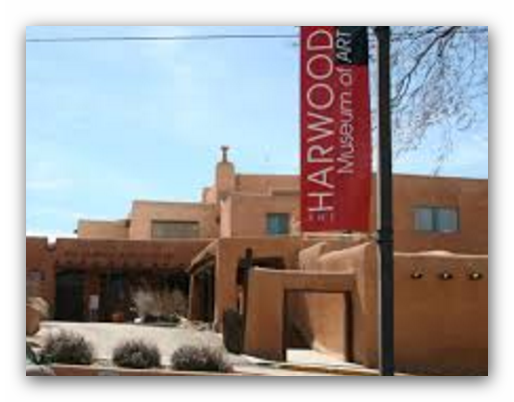Oct 8 2016 - May 21 2017
Taos, NM
The thousand-year history of Taos Pueblo has shaped its unique northern New Mexico cultural traditions. And with the arrival in 1540 of Spanish soldiers and Franciscan missionaries in Taos Valley and the establishment of the Spanish village in 1615, the Hispanic settlers would adapt their own religious and artistic legacy to create a local culture embodied in the painted santos and carved bultos.
The aesthetic core of that tradition traces to the Christian “sermo humilis”—the humble or low style—which merged in late antiquity with the Greco-Roman “sermo sublimis”—the elevated or grave style—in early Christian art and literature, to dominate spiritual expression in the Middle Ages and even later (especially in Spain): At the beginning of the thirteenth century there appears in Italy a man who embodies, in exemplary fashion, … the mixture of ecstatically sublime immersion in God and humbly concrete everydayness. … He is Saint Francis of Assisi. … Self-surrendering and meditative mystic though he himself was, the decisive thing for him and his companions was living among the people, living among the lowliest as the lowliest and most despised of them all. (Erich Auerbach, Mimesis, p. 151 ff.)
And it was the Franciscans accompanying the Spanish settlers who would inform Taos Hispanic culture with this aesthetic of the “sermo humilis,” embodied in Francis of Assisi, the patron saint of Santa Fe and arguably the saint most frequently depicted in the northern New Mexico santero tradition.
Credit: Exhibition overview from museum website.
Exhibition Venues & Dates
Oct 8 2016 - May 21 2017
Taos, NM
